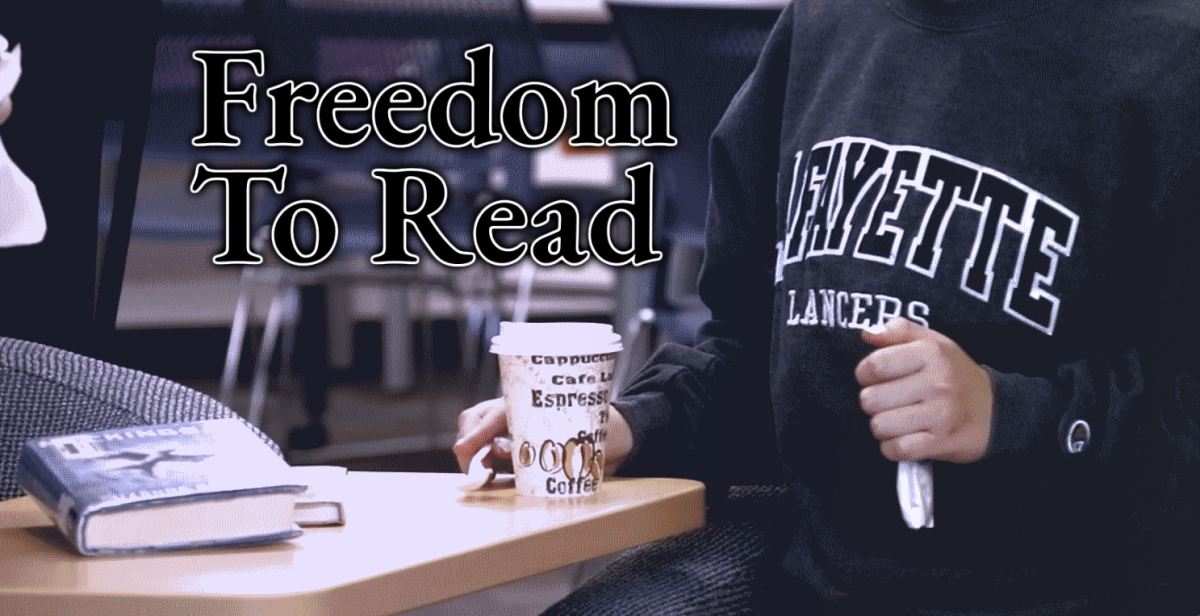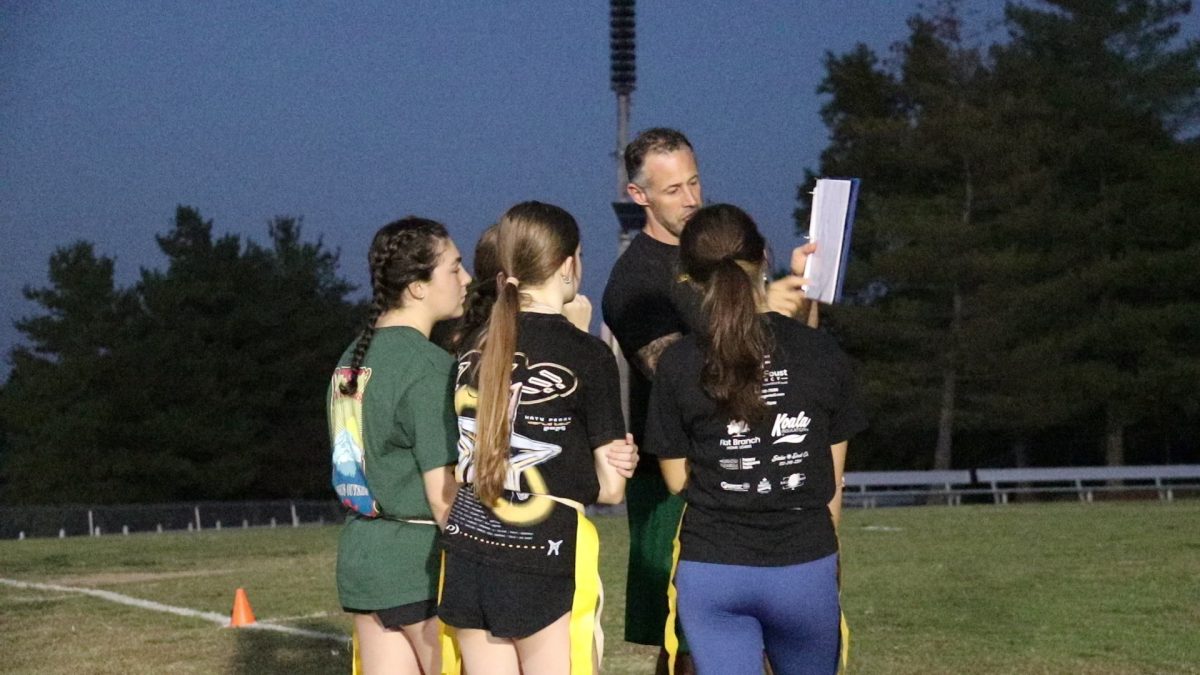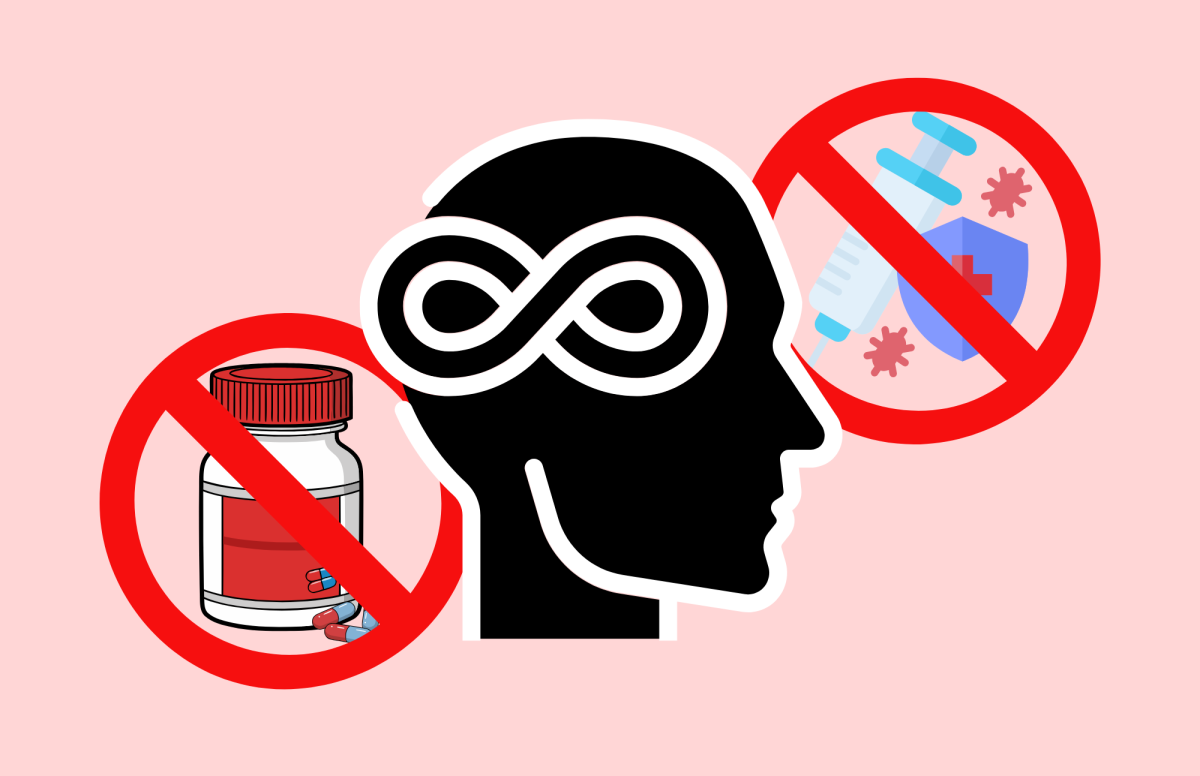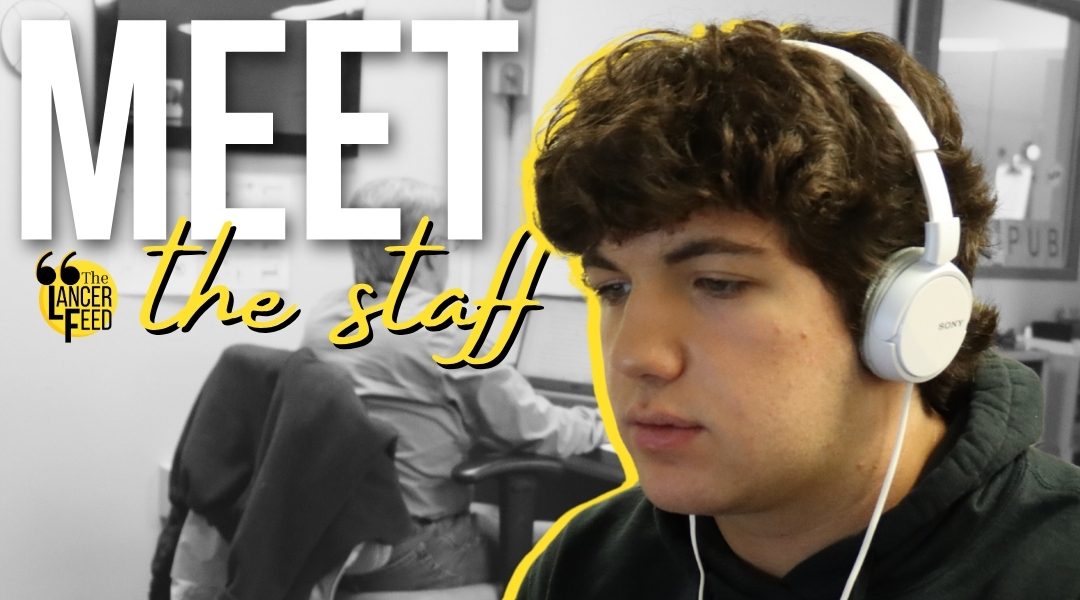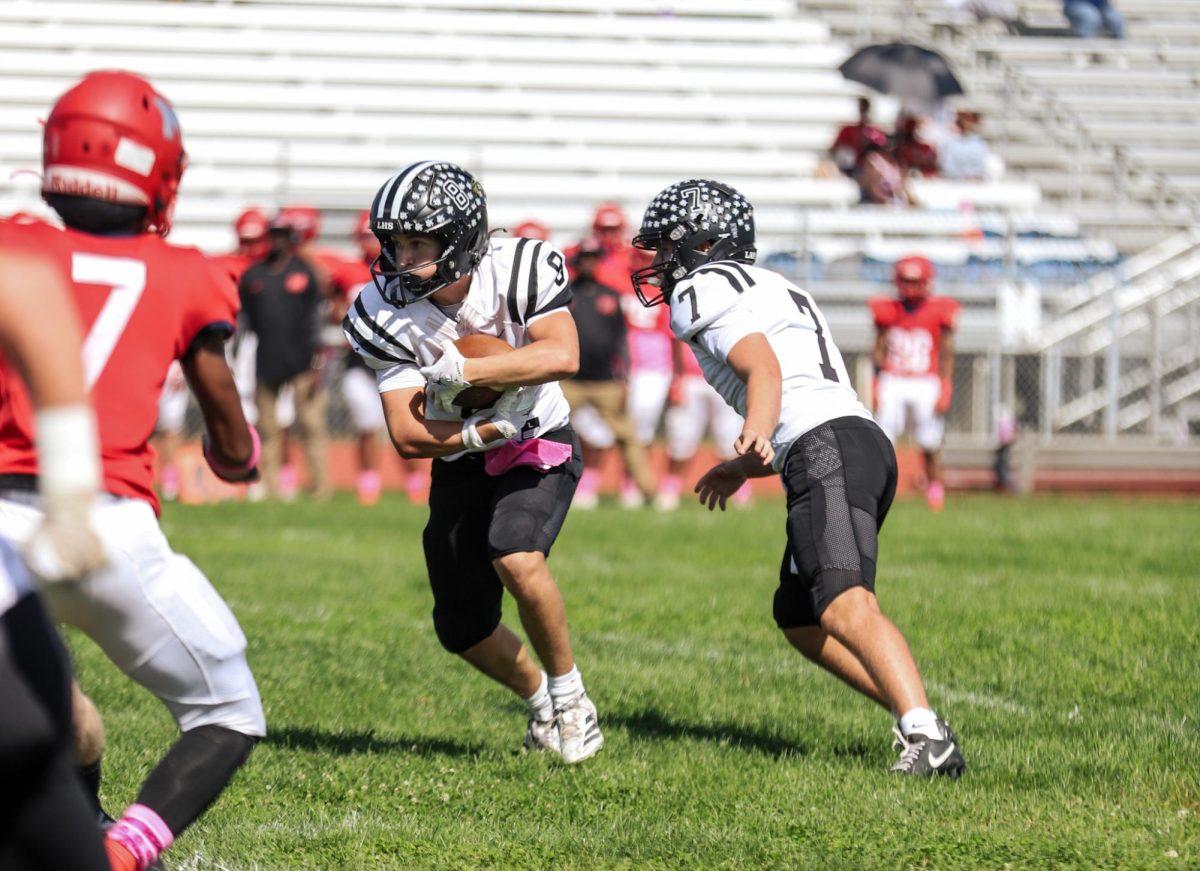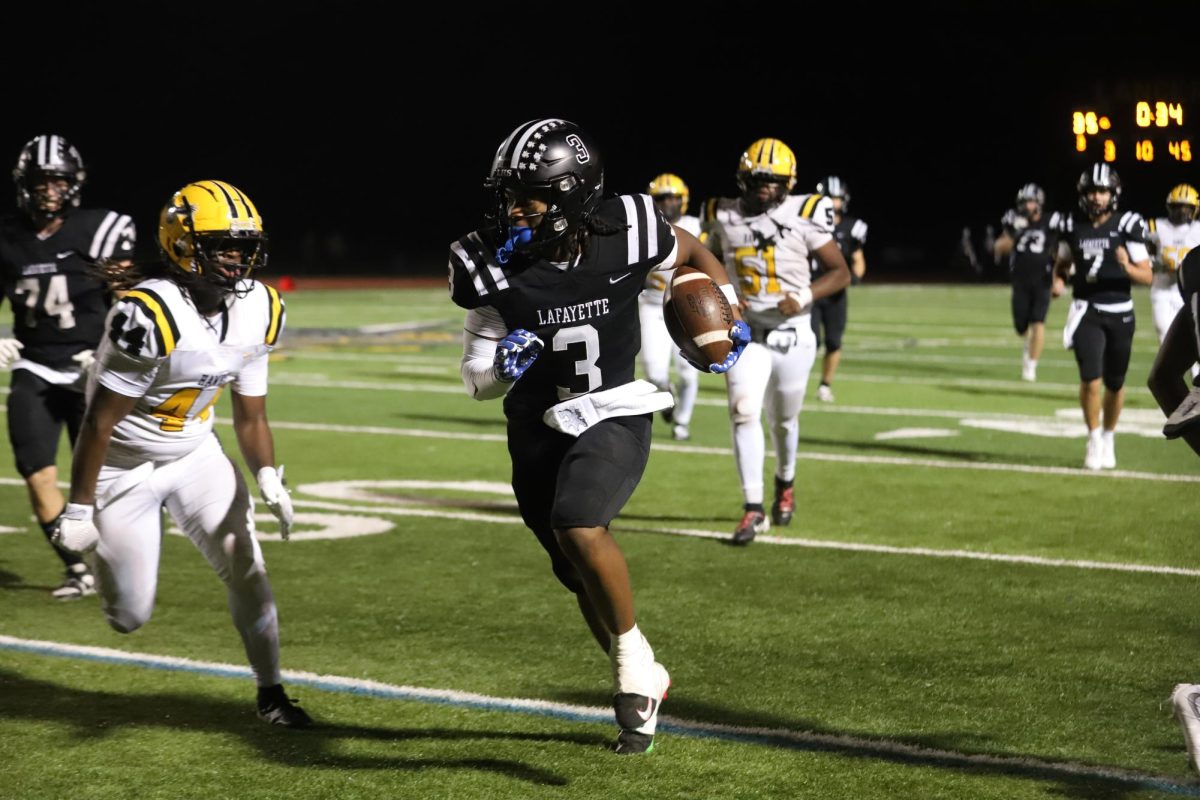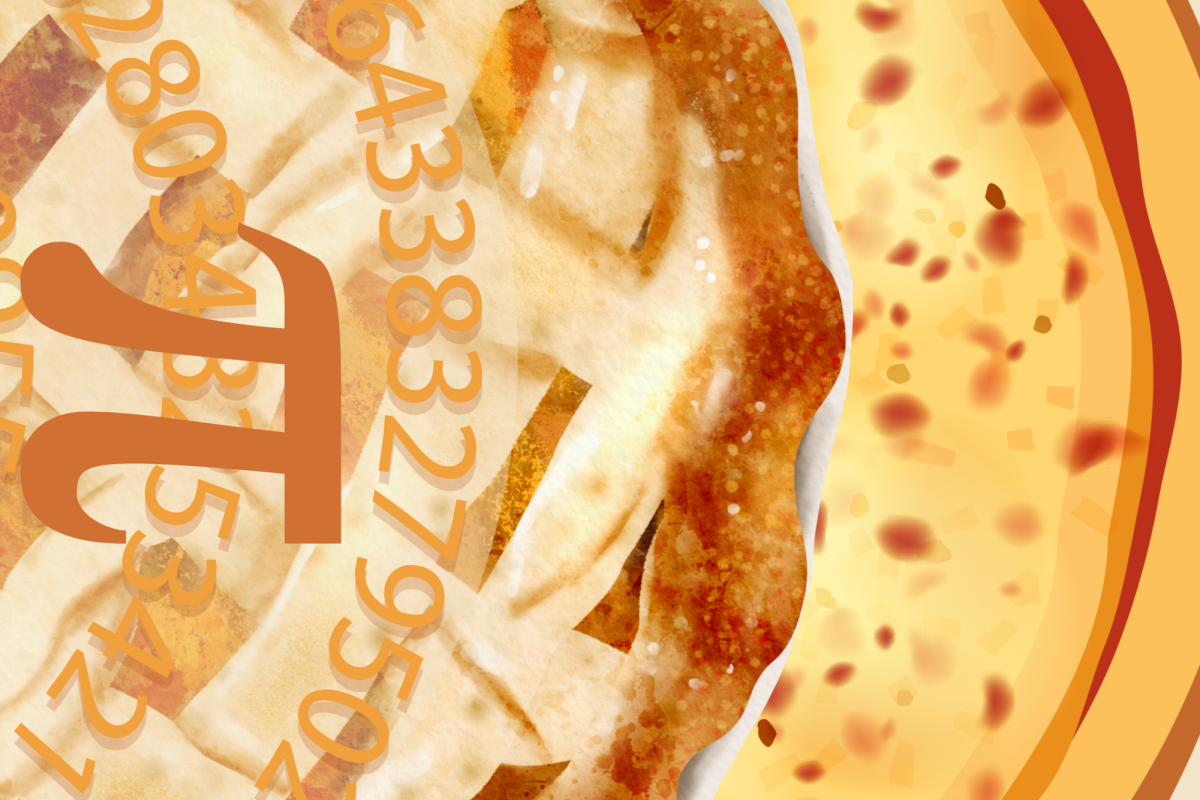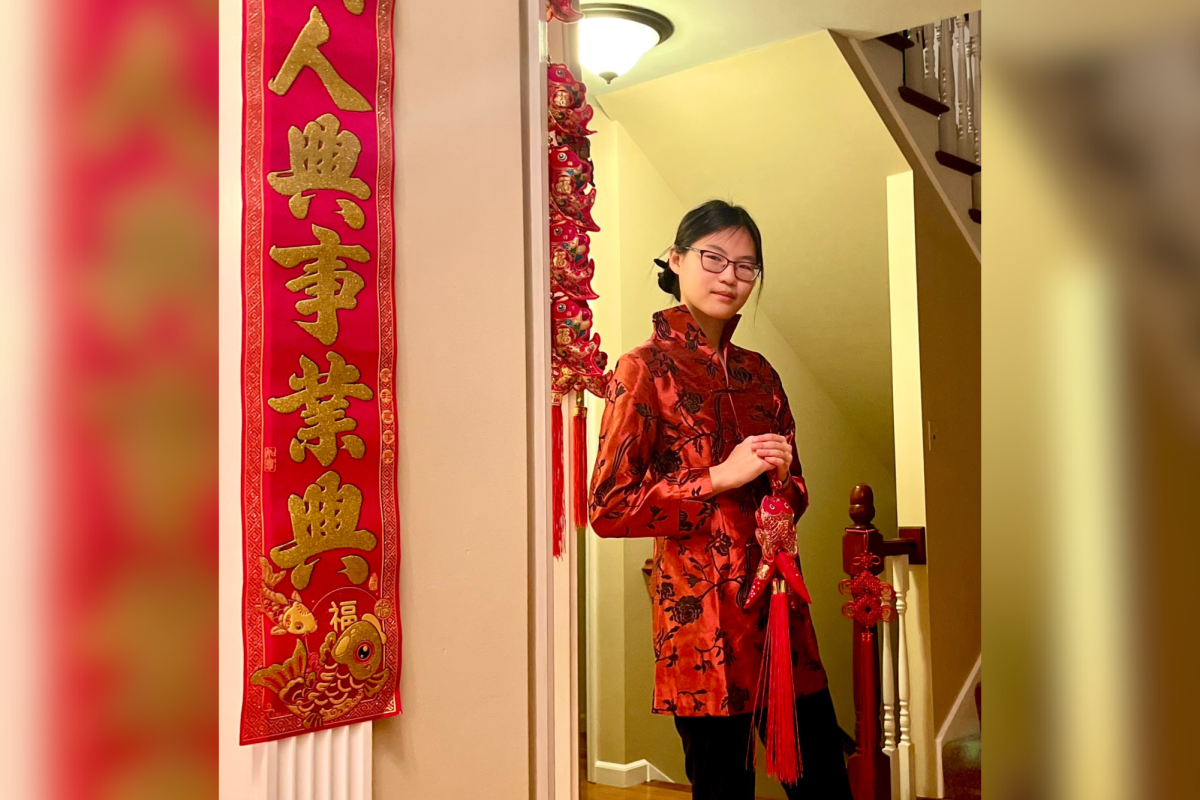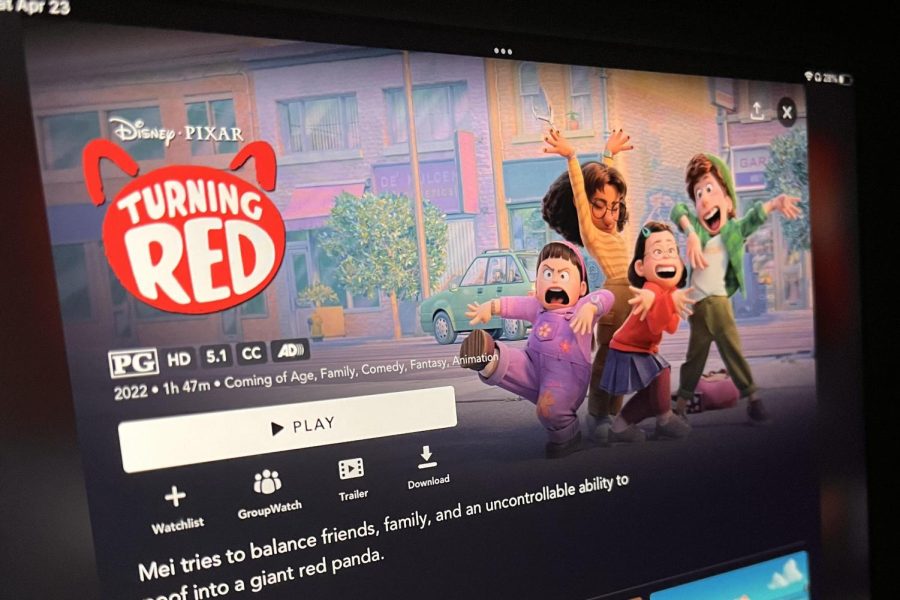Review: ‘Turning Red’ perfectly portrays the struggles of being a teenager in today’s world
“Turning Red” was released on Disney+ on March 11, 2022. The movie followed a 13-year-old girl navigating the changes she is experiencing while growing up.
April 26, 2022
When I first heard about Turning Red, I was confused as to why there was so much hype about a cartoon movie about a girl who turns into an animal. I was pretty skeptical when I decided to watch the movie with my family, but I am so glad that I did.
Turning Red is a children’s coming-of-age movie produced by Disney’s Pixar that started streaming on Disney+ on March 11. The movie follows a 13-year-old girl, Mei Lee, who experiences the conflicts that many teens face while growing up. Between balancing satisfying family expectations, having fun and dealing with the confusion that comes with age and puberty, Mei Lee’s story is a perfect representation of what being a teenager is in this time period.
Yes, the movie is a cartoon possibly meant for a younger audience rather than high school students, but I think the whole metaphorical concept in the movie is very prospective. Every teenager should watch this movie, especially those closer to middle school ages.
We are first introduced to the main character, who appears to be a perfect child just trying to make her mom proud. Then we start to see some of her more teenager-like traits, including having crushes, being obsessed with a boyband and questioning her family. Eventually, Mei Lee matures enough that she turns into a red panda – a blessing/curse passed down in her family – whenever she experiences strong emotions.
Throughout Turning Red, Mei starts to have these intense feelings including embarrassment, anger, pain and even love: all feelings that usually blossom while teenagers go through puberty. However, unlike (most) teenagers, whenever Mei has a strong feeling, she becomes overwhelmed and turns into a red panda.
Although this part of the movie can be interpreted in many different ways and represents puberty in all people, I do think the creators purposely used red. There were many hints in the movie implying how this change the character went through was similar to that a female might go through when experiencing their first period. In general, every teenager experiences these emotional changes, but the use of the color red was a clever symbol used by the creators of Turning Red. Mei’s change happens somewhat suddenly, similar to what puberty for many teenagers feels like.
In the movie, there were even some quotes that really stood out to me that accurately represent puberty.
“You are a woman now. And your body is starting to change. It’s nothing to be embarrassed about,” – Mei Lee’s mother, Ming Lee.
I have experienced similar feelings, as I am a proud Indian and value my culture. On the other hand, I want to be a ‘normal teenager’ with ‘normal’ teenage experiences, and I often find myself struggling with finding my balance between the two. I can relate to Mei’s somewhat-nosy family and the pressure of living up to those expectations. I also related to Mei Lee’s paranoid mom, who went to the extent of showing up at her daughter’s school hiding behind trees to make sure that her daughter was safe. My mom definitely does not do anything quite as drastic, but I definitely feel her overprotectiveness in the same way Mei Lee’s mom is portrayed as a very protective mother.
The movie also dealt with the feelings many teenagers get, as they try to figure out a balance between their family and culture with their friends and new culture. As a first-generation Asian American, I finally felt seen in a Disney or Pixar movie. Sure, there have been diverse roles in other movies, but this movie really shed light on the reality of the struggle to balance the two worlds of a teenager with a multicultural background. Mei Lee had some trouble following some of her family’s expectations, and at the end of the movie actually broke free from this loop of listening to what future generations expect.
“Be careful. Honoring your parents sounds great, but if you take it too far, well, you might forget to honor yourself,” – Mei Lee.
One of the symbols towards the end of the movie (my personal favorite) was when Mei Lee decided to embrace the part of her that was a red panda, rather than continuing the cycle her ancestors had with getting rid of it. Mei learns how to cope with her feelings and how to healthily calm herself, which is something most teens can benefit from the same. I don’t think I’ve ever related so much to a fictional character before.
“I’m changing mom! I’m finally figuring out who I am. But I’m scared, it will take me away from you.” – Mei Lee
Turning Red also had characters that were diverse in a way I haven’t seen much of in children’s movies. The focus of the story was on a Chinese-Canadian girl and her family, which portrays a depiction of the “Asain experience” that hasn’t been covered well in the past by Disney and Pixar. Mei’s friend group is made up of other Asian characters, and an apparent tom-boy.
Overall, I really loved this movie, and it amazed me with how seen it made me feel. I have never related so much to a children’s animated movie. I would give this movie a five out of five stars, and I think it’s something every teenager and preteen should watch.


